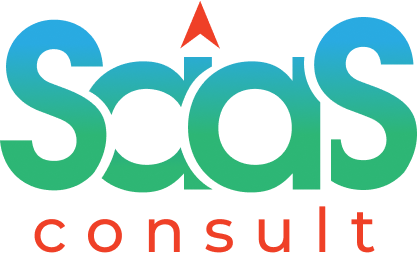What is software lifecycle
The software lifecycle, also known as the software development lifecycle (SDLC), refers to the various stages and processes involved in developing and maintaining software applications. It encompasses the entire lifespan of a software product, from its inception and requirements gathering to deployment, maintenance, and eventual retirement.
Here are the typical stages of the software lifecycle:
1. Requirements Gathering: This initial phase involves gathering and documenting the functional and non-functional requirements of the software. It includes identifying user needs, defining system behavior, and establishing project goals and objectives.
2. Design: In this phase, the software architecture and design are created based on the gathered requirements. The design includes defining the system’s structure, interfaces, modules, and data flows.
3. Development: The development phase involves coding the software based on the design specifications. Programmers write the source code, test it, and integrate different components to build the software product.
4. Testing: Testing is a critical phase where software is rigorously tested to identify and fix bugs, errors, and performance issues. Various testing methods, such as unit testing, integration testing, system testing, and user acceptance testing, are performed to ensure the software meets the specified requirements and functions correctly.
5. Deployment: Once the software has passed the testing phase, it is deployed to the production environment. This involves installing the software on the target hardware and configuring it to operate in the intended environment.
6. Maintenance: After deployment, the software enters the maintenance phase. During this phase, bugs, issues, and user feedback are addressed through updates, patches, and enhancements. Regular maintenance ensures the software remains functional, secure, and up-to-date.
7. Retirement/Disposal: At some point, software products may become outdated, no longer meet business needs, or reach the end of their lifecycle. In such cases, they are retired or replaced by newer versions or alternative solutions. Proper retirement procedures ensure data migration, archival, and disposal of the software and its associated resources.
Throughout the software lifecycle, project management, documentation, collaboration, and version control play important roles. Different development methodologies, such as waterfall, agile, or DevOps, can be employed depending on the project’s requirements and organizational preferences.
The software lifecycle provides a structured approach to software development, ensuring that software products are developed, tested, and maintained in a systematic and controlled manner, leading to high-quality and reliable software solutions.

